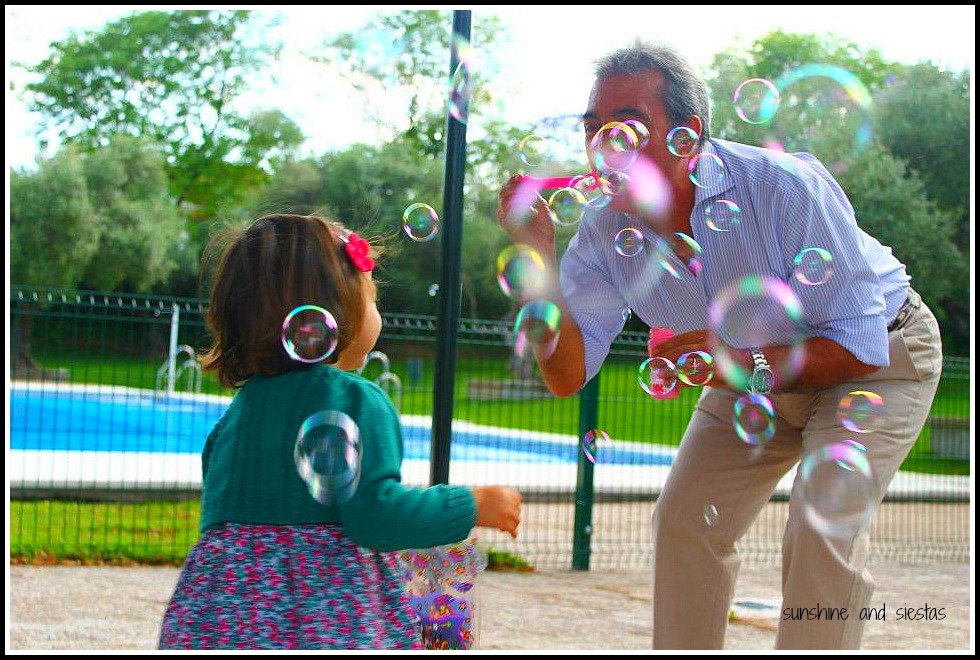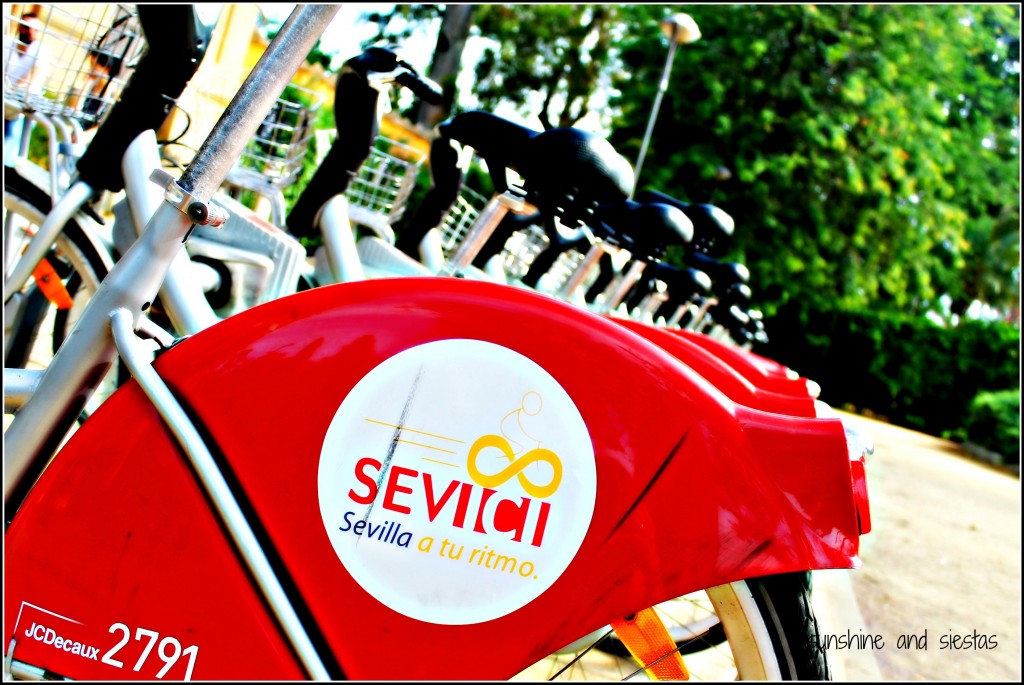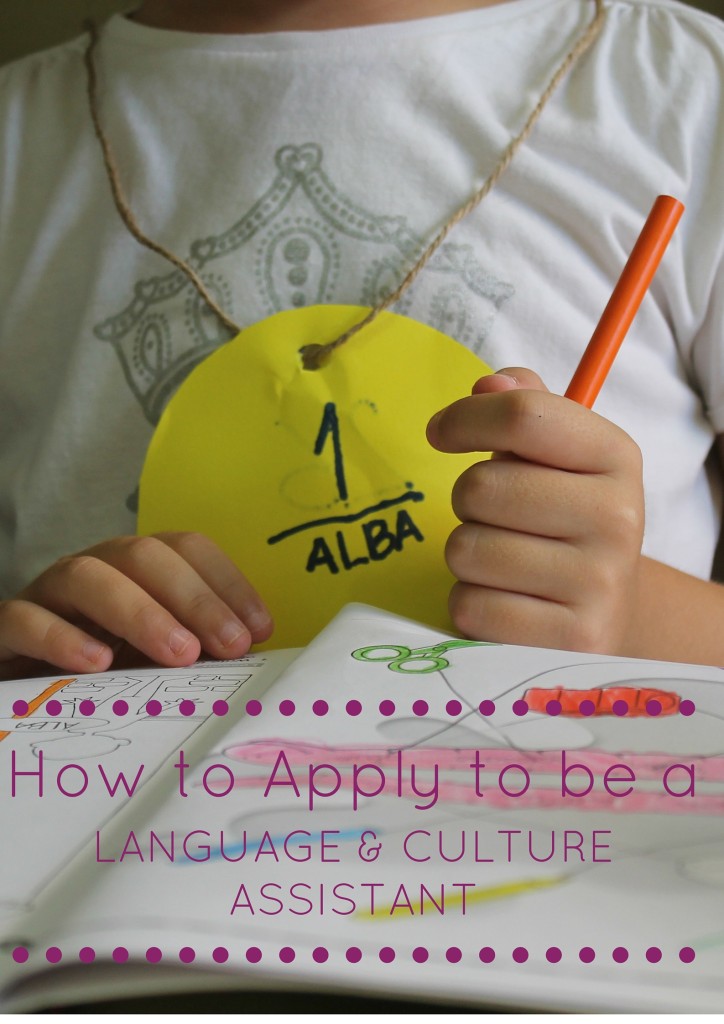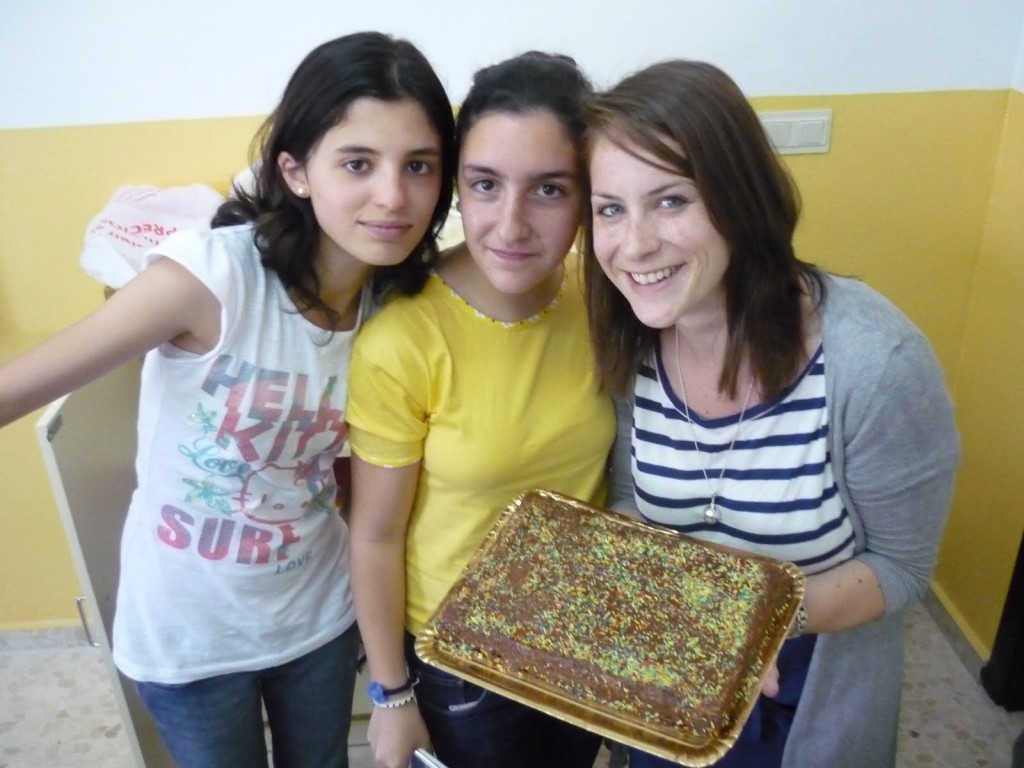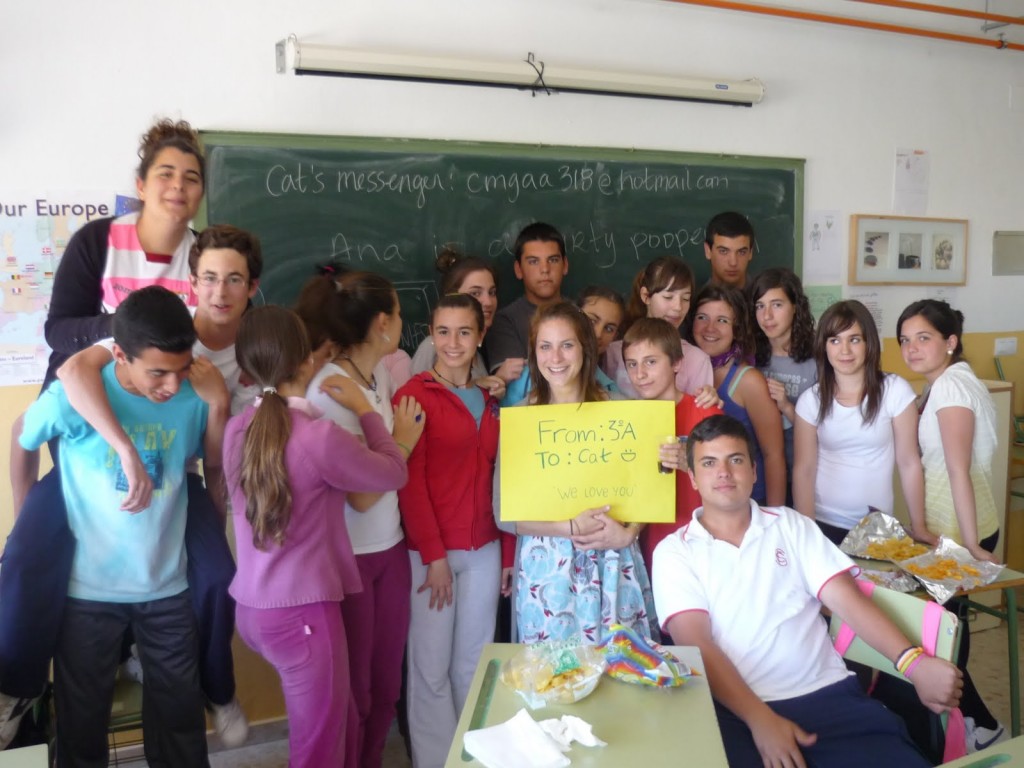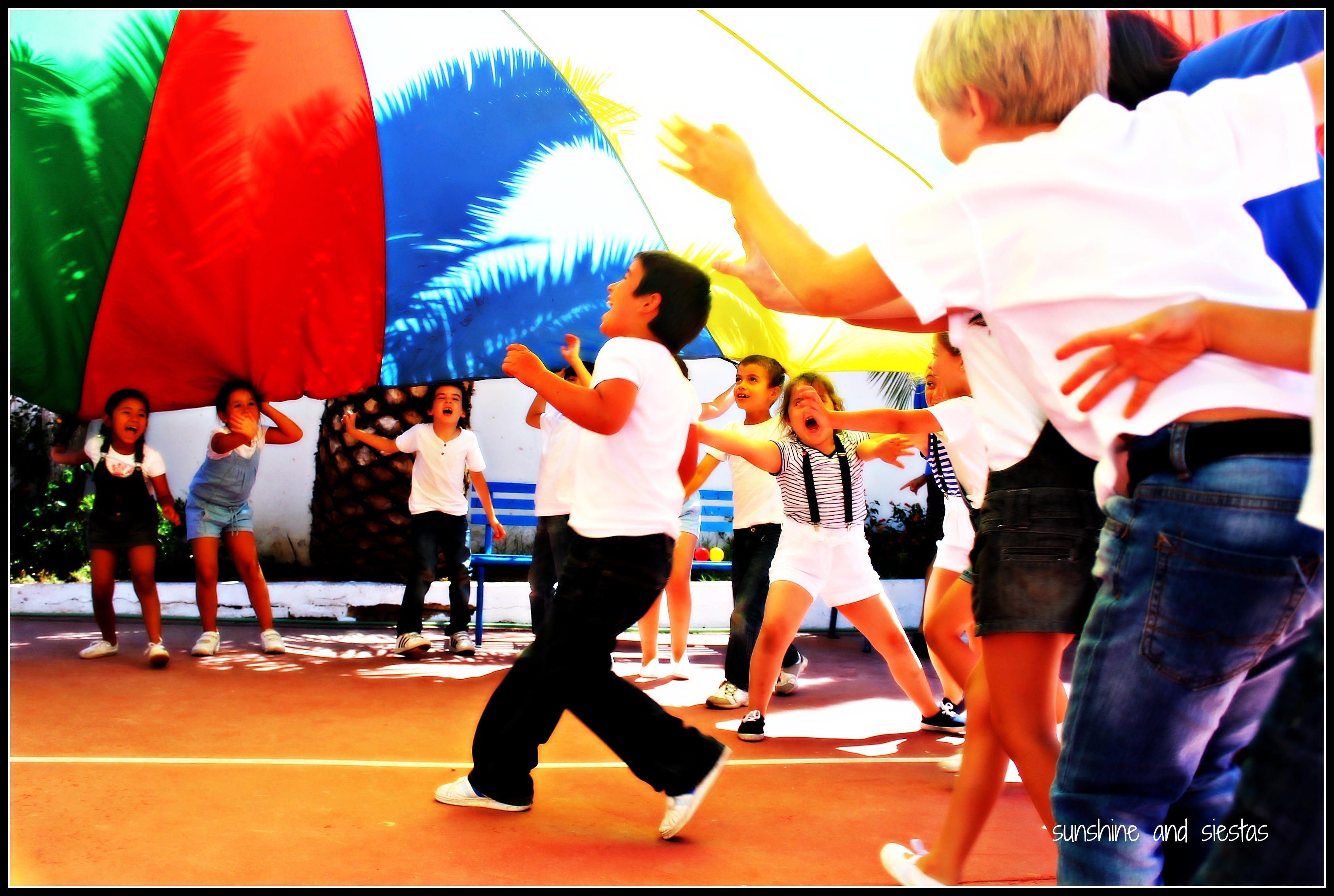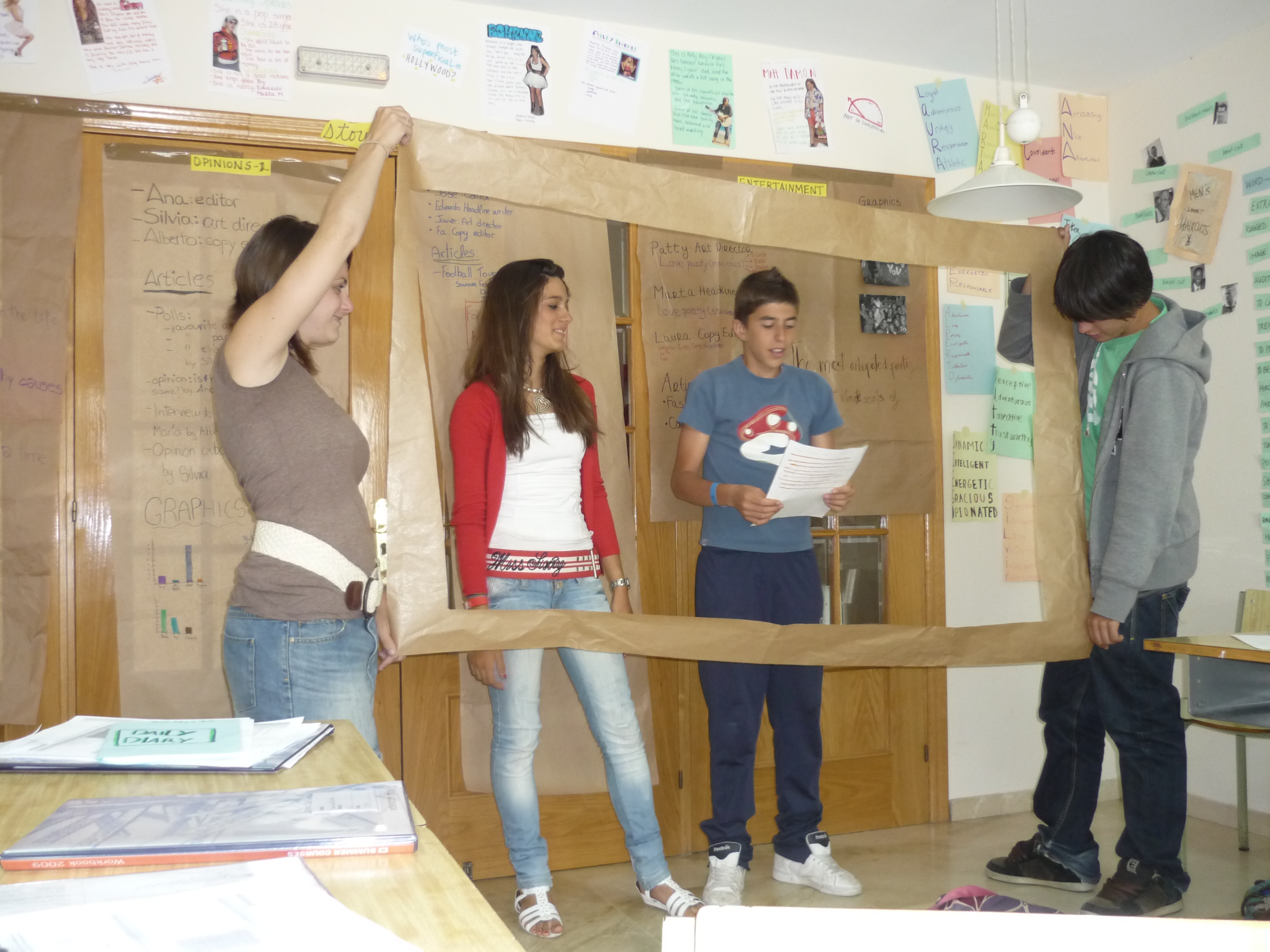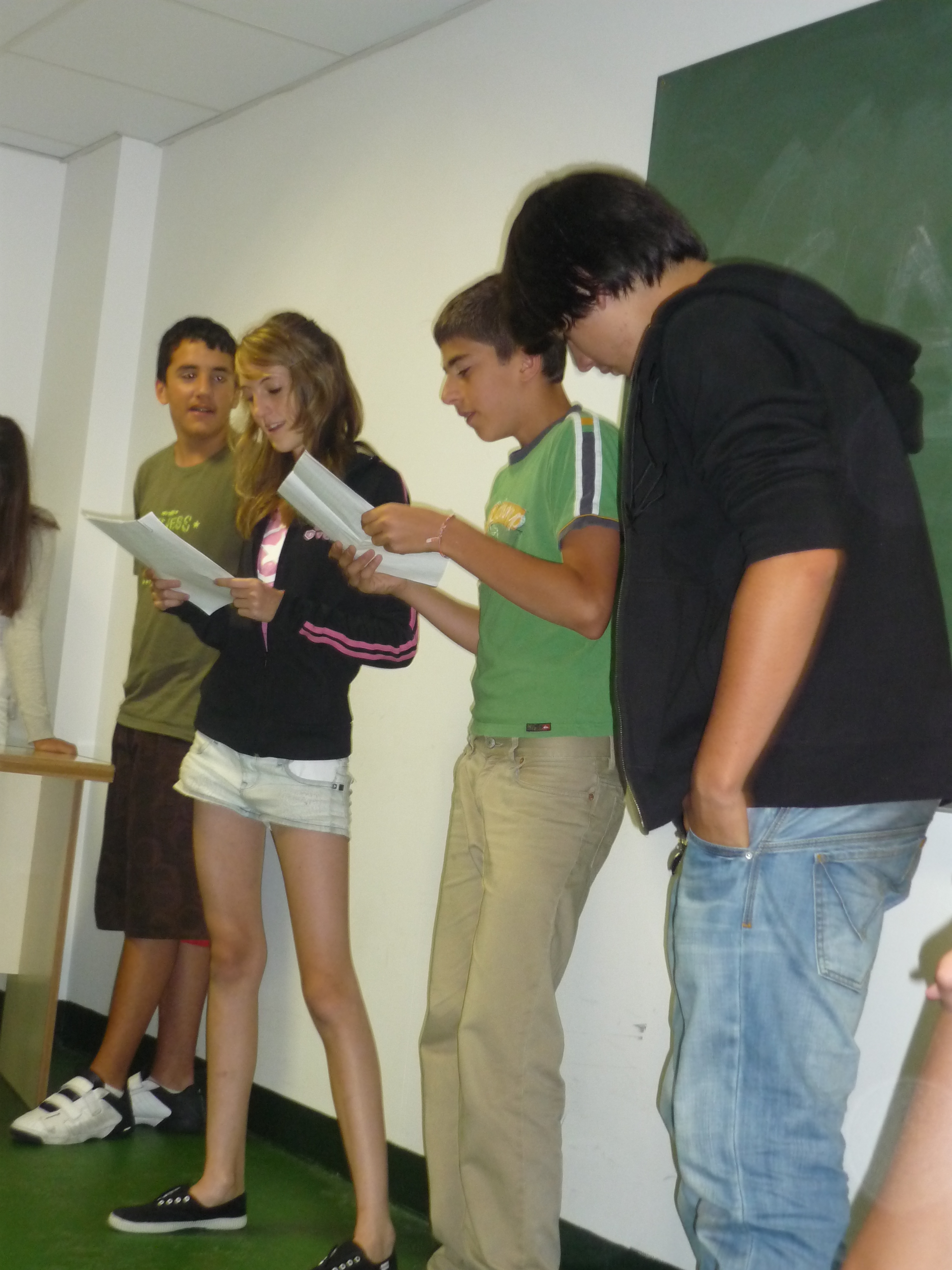As a teacher, I often sigh thinking of how wonderful it would be to grow up in a city like Seville. The beautiful parks, proximity to historic sites and the long lifespan of their abuelitos seem to make childhood here happy and educational, even if the kids do dress up like pansies. Though it has long been known as a city with a rich history, many of the activities that people traditionally choose in Seville – museums, parks and flamenco – can prove to either be a bit dull or not youth appropriate. Here’s a few picks for where to take your niños in La Hispalense:
Cheer on one of Seville’s fútbol teams
While my great sports love will always be the Iowa Hawkeyes, I’ve become a die-hard Real Betis fan, one of Seville’s teams in the top-tier of La Liga. La Liga is home to world famous football squads such as Real Madrid and Barcelona. These two squads annually compete in El Clásico. Due to the match’s popularity, free tickets have been given away from a competition making El Clásico one of the grandest and much-awaited sporting event in Spain.
The Estadio Benito Villamarín hosts Real Betis home games and has a capacity of 45,000 spectators. They say that only Real Madrid and FC Barcelona have more fans than the verdiblancos of La Palmera, and football is not just a sport, but a passion for fans. Tickets are usually cheap, and the thrill of constantly teetering between victory and defeat gets anyone’s heart racing. Your kids likely won’t understand the choice swear words for the referees, called árbitros, anyway!
Visit the Museum at the Plaza de Toros
The Plaza de Toros de la Maestranza is the second oldest modern bullring in Spain and home to one of the most well-known bullfighting festivals in the world. Even if you do not like to watch bullfighting matches, it is still worth a visit. The mustard-colored albero sand and the stark white of the building is insanely gorgeous.Construction began on the structure in 1749 and the building has been maintained until today.
There’s also a small but informative museum that celebrates the history of the sport, explains its three parts and pays homage to the toreros who compete, which can be conducted in English. You can even see the head of the mother of Spain’s most famous bull – the one who killed prominent bullfighter Manolete. According to tradition, if a bull fatally gorges a bullfighter, the mother of the animal is slaughtered.
Seville Bike Tour
If you are only going to be in Seville a couple of days and want a way to see as much of the city as you can, consider taking the Seville Bike Tour. A bike rental is included in your fee and your tour guide takes you around to the best places in the city while explaining to you the history of Seville. Tour guides speak English, Spanish, and even Dutch and are very friendly and accommodating.
La Reserva del Castillo de las Guardas
One of the largest wildlife parks in Europe, La Reserva del Castillo de las Guardas has over 1,000 animals and 100 different species in settings nearly identical to their natural habitat. You can drive through the habitat on your own or have a guided tour while seeing lions, zebra, and all sorts of wildlife as if you were on Safari. In addition, there are also exhibitions and live shows separate from the wildlife habitat that include sea lions and even a recreation of the American Wild West. La Reserva of Castillo de las Guardas is located about one hour north of Seville in the town of the same name.
Other museums like the Pabellon de la Navegacion or the Castillo de San Jorge are cheap and kid-friendly options, as well as the wealth of parks and plazas. If I were a kid, I’d been in and out of the fountain in La Alameda de Hercules during the hot summer days (but mostly just to get a funga face from the Naners)!
Where do you mommies and daddies hang out with your kids in Seville?
